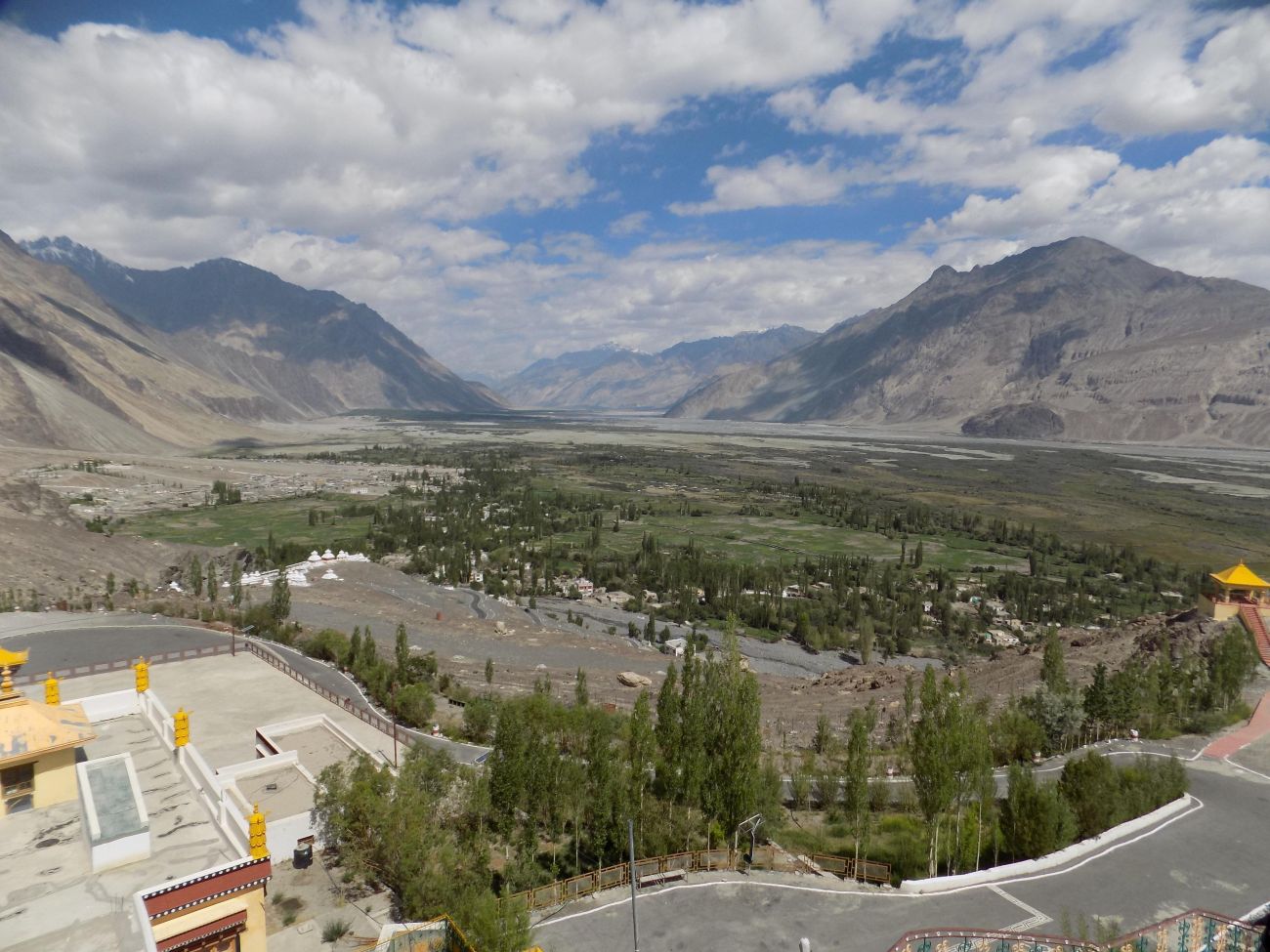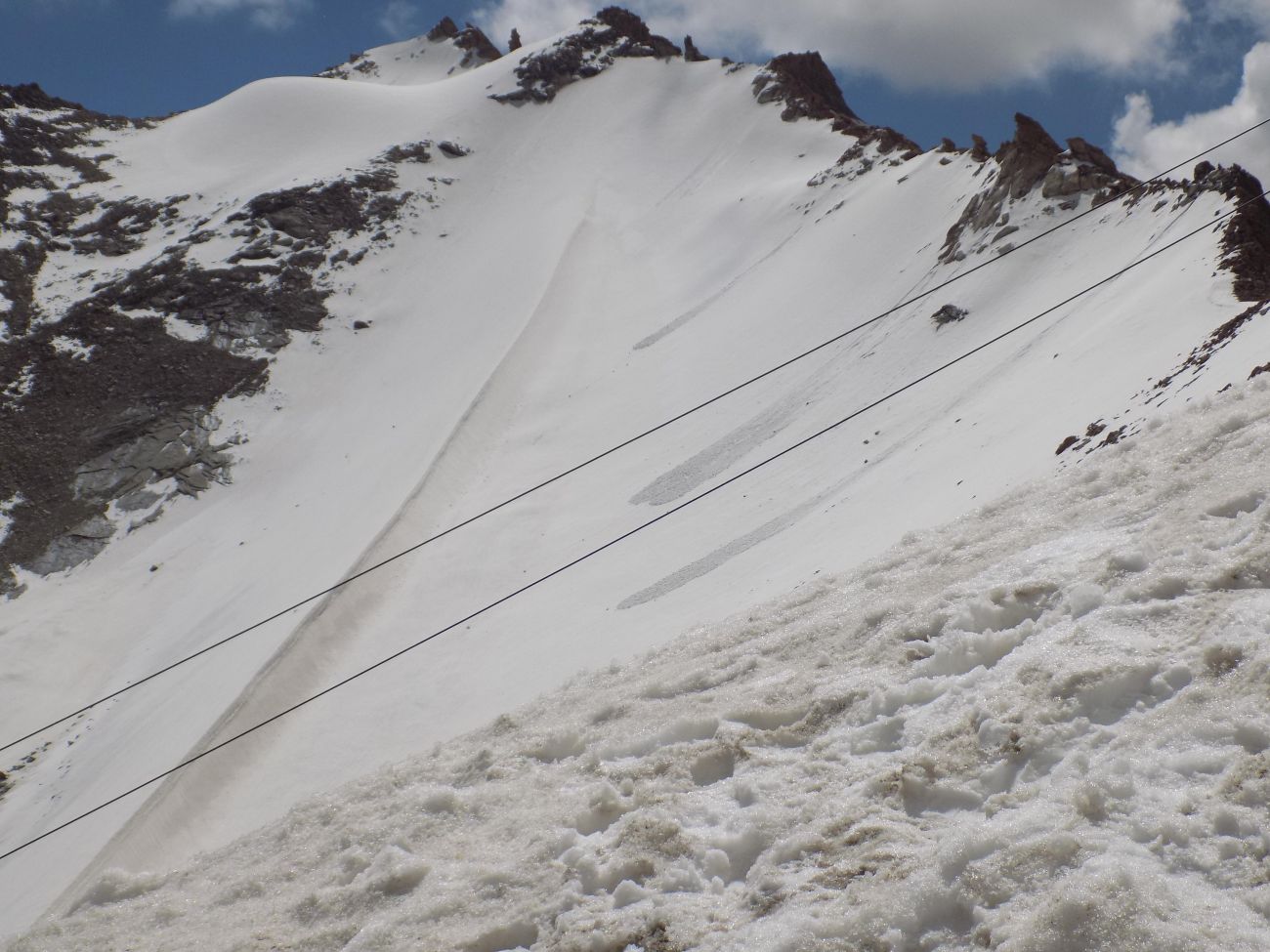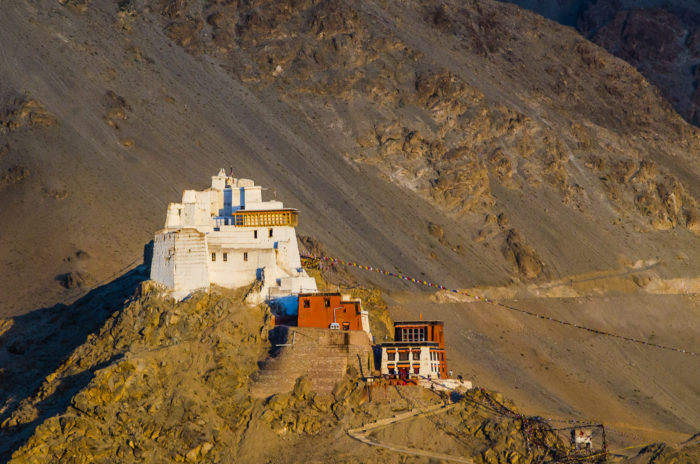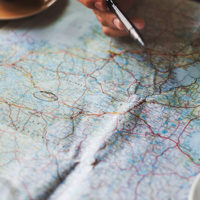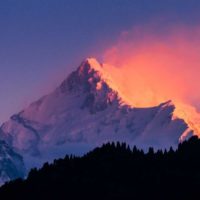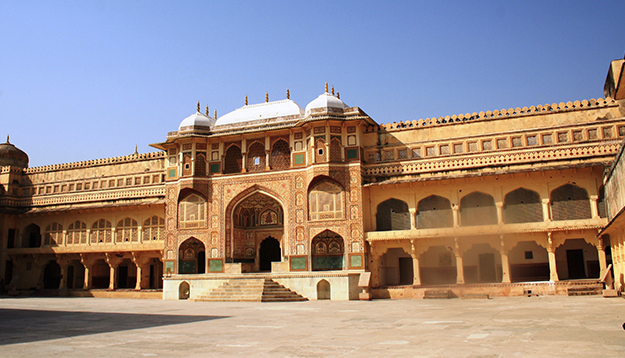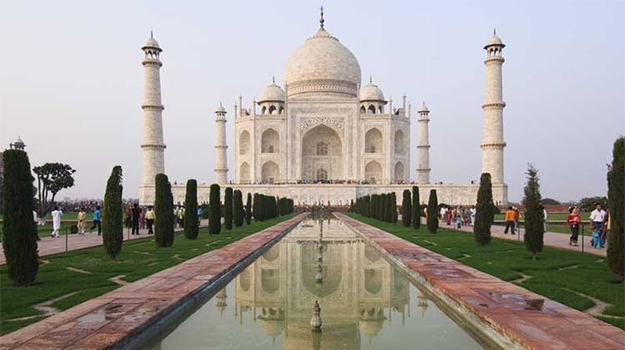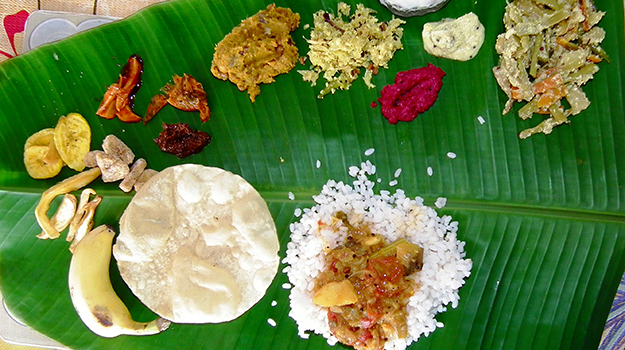Ladakh! The name evokes images of high mountain passes, snow-clad mountains and steaming hot momos! But before I go further, a little bit of geography.
Ladakh shares borders with Pakistan to the north and with China to the east. Prior to the year 1979, Ladakh comprised of just one district but later divided into two – Leh district and Kargil district. Therefore, Ladakh is the entire region that comprises the districts of Leh and Kargil. Leh is just one of the two districts, along with Kargil. Ladakh is often confused with the more touristy region of Leh and tourists often mean “Leh” when they say they’d like to explore Ladakh. Lately Leh Ladakh Tourism is on the rise and in summer months it is quite common for hotels to run full.

So, Ladakh as a region is mind-numbingly beautiful.
So, the two reasons you must go to Ladakh would be to visit –
- Leh
- Kargil
Leh: The more touristy of the two, Leh has its own airport as well and is accessible in different ways, although via a series of thrilling (to say the least) options. It is connected to Chandigarh, Delhi, Jammu, Mumbai and Srinagar, dependent largely on the weather conditions.
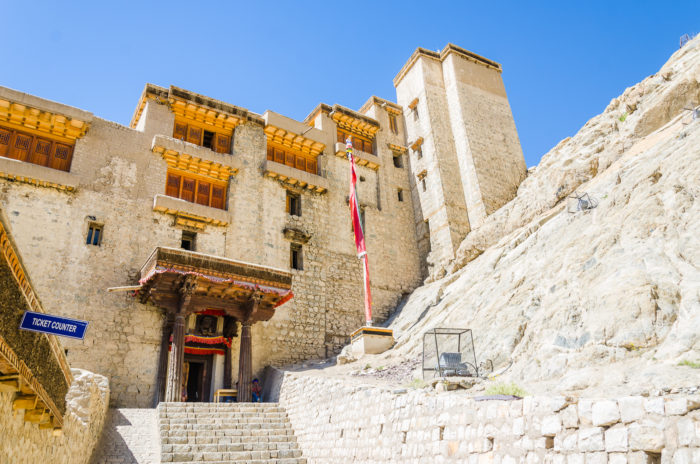
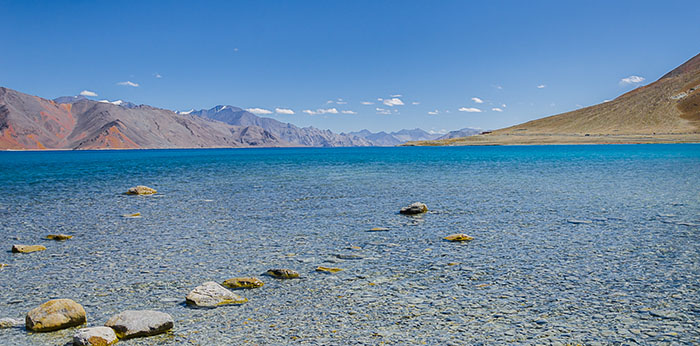
The Pangong Tso Lake that stretches right up to China and is about five hours drive away from town centre.
Pic courtesy: Desi Traveler, Akhil Chandran, Mahi Mahesh
Few images that will fuel your desire…
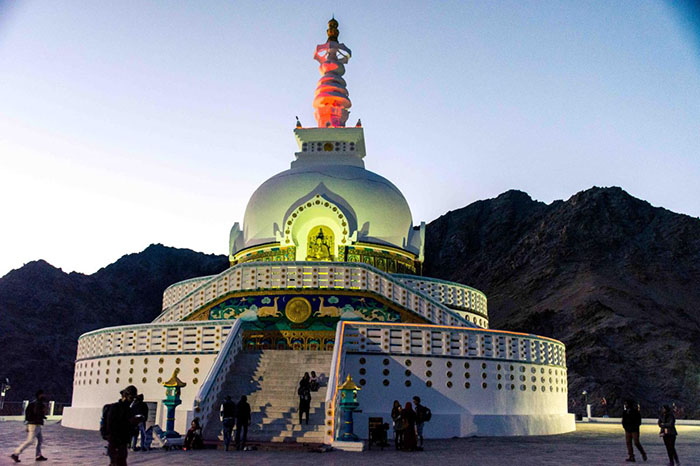
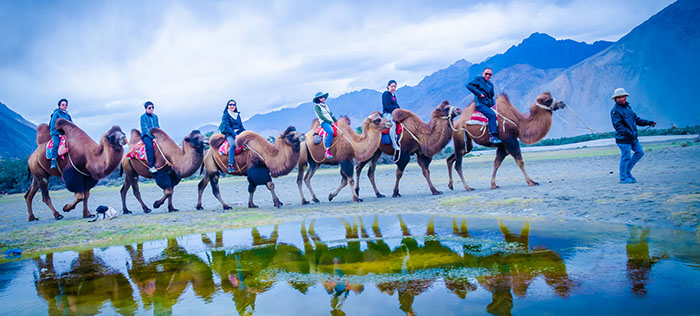
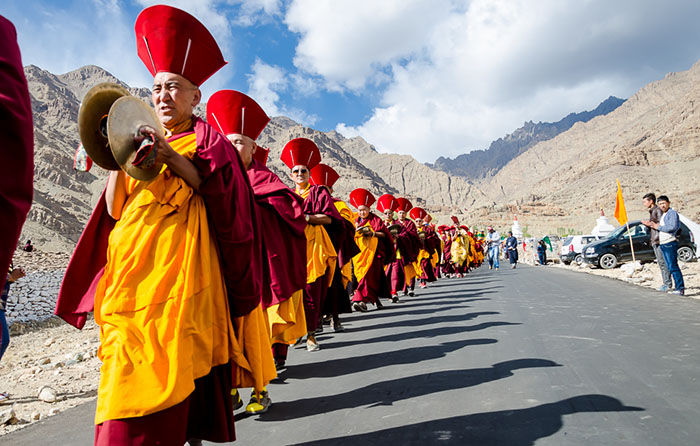
What to eat
So you thought the cuisine of this region is limited to momo (dumplings) and noodle soup? Think again! Ladakhis eat more than vegetable and meat stuffed dumplings – although due to the climate, vegetable are limited to potatoes, pumpkins, beets, beans and barley and food primarily consists of meats.
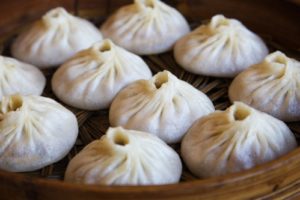
So, be prepared for lots of momos (of course), soups, Ladakhi pulao, Tingmo, chicken and lamb, Skyu (made of wheat and root vegetables, Skyu is a traditional soup-based dish) and Thupka.
Must Try: Butter Tea. High in the mountains, tea takes on a buttery flavour – in addition to salt of course. Not for them the sweet milky tea of the plains, but tea with butter and salt. The butter provides extra insulation against the harsh cold winter.
Yak milk is widely consumed, so it is but natural that milk products are made from it too – especially cheese. Thus Chhurpi, a cheese made from Yak’s milk is found in abundance here, in several flavours and go well with Khambir (bread) or crackers.
Where to stay
Leh is pretty much a tourist hotspot and has lately geared up to cater to budgets of every kind. You can easily get a basic accommodation at INR 4000 and go up to INR 10,000 for a slightly luxury stay. Guest houses have opened up around town offering basic comfort – good for a night or two – with a more local experience.
Popular activities in Leh
Rafting in the Zanskar River (Indus) is by far the most popular activity here. Zanskar has medium to moderate grade rapids that can be enjoyed by professionals and novices alike. Trekking is yet another popular activity here, although best undertaken during summer months. The most popular trek is to the Pangong Tso, followed by Tso Moriri. For the adventure lovers, other activities like mountain biking and jeep safaris can also be done in some of the rough terrains around Leh. While not many may know of it, but it is possible to undertake a camel safari in the sand dunes of Nubra Valley.
